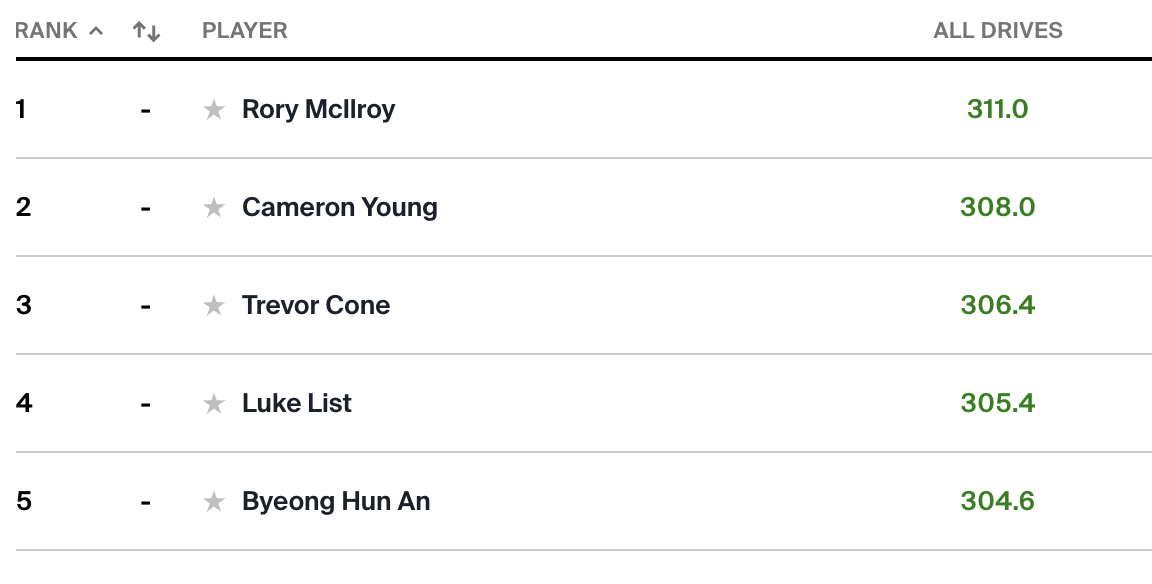
Mid-Handicap golfer who loves to share his rounds and experiences playing courses all around the UK in a hope that it will help others find those hidden gem golf courses.
I seek out golf courses that don’t get the credit they deserve and are often overlooked for the bigger more well known ones.
A condor in golf is the term used when a golfer manages to score four strokes under par on a single hole.
In the world of golf, this achievement is incredibly rare and is considered the holy grail of the sport.
It typically occurs when a golfer hits a hole-in-one on a par five, which is an extraordinary feat due to the distance and difficulty involved.
The term ‘condor’ is less commonly known than terms like ‘birdie’ or ‘eagle’, mainly because it happens so infrequently. To put it into perspective, scoring a condor would be akin to winning the lottery in golfing terms.
While it’s theoretically possible, the odds are stacked heavily against it happening. Nevertheless, it remains one of the most exciting and elusive accomplishments in the game.
Why is it Called a Condor Shot?
A condor shot in golf is so named because, like the large and rare bird, it’s an extremely uncommon occurrence in the game.
The term ‘condor’ continues the bird-themed naming convention used in golf to denote scores relative to par.
Starting with ‘birdie’ for one under par, ‘eagle’ for two under, and ‘albatross’ or ‘double eagle’ for three under, ‘condor’ naturally follows for the almost mythical four under par.
The condor, being one of the largest and rarest birds, aptly symbolises the rarity and grandeur of achieving such a score.

It’s worth noting that the chances of making a condor are astronomically low, which is why many golfers go their entire lives without ever witnessing one.
However, the thrill of potentially making such a phenomenal shot is part of what makes golf such an exciting and enduring sport.
The nearest I have seen was on a links course, 40 mph downhole wind and from an elevated tee box. The drive carried about 325 and rolled another 70-80 yards on a short par 5.
It was still 40-50 yards short!
What’s the average length of drive by tour players?
The average driving distance in 2023 on the PGA Tour was around 292.1 yards.
Here’s a link to see how your favorite golfer did in 2023 on Tour.
Long drive competitions, on the other hand, focus solely on distance and not necessarily accuracy or control, so the numbers can be significantly higher.
In professional long-drive competitions, some of the top competitors have been known to hit drives well over 400 yards.
However, it’s important to note that these events often use specialized equipment and focus solely on maximizing distance, which is not reflective of typical play on a regular golf course.
For everyday golfers, the average driving distance is considerably shorter, typically ranging from 200 to 250 yards for men and 150 to 175 yards for women, although this can vary widely depending on skill level, age, and physical fitness.
I only drive it 190 carry with the odd 200-210 one. Total no more than 220 usually
Carl Broadbent
Tips for Striving for a Condor
While achieving a condor in golf is extremely rare, there are strategies and techniques you can employ to increase your chances.
Hone Your Long-Game Skills
Improving your long-game skills is crucial if you’re aiming for a condor. This involves refining your swing to maximise distance without sacrificing accuracy with the driver.
Regular practice at the driving range with your driver and long irons can help improve these skills. Additionally, understanding how factors like wind direction and course elevation can impact your shot is important.
Watch long drive videos to help gain distance – Be careful though not to sacrifice accuracy.
It’s fair to say if you’re going for distance, hitting greens will become harder.
Here are the top 5 players in 2023

Develop Your Precision
Scoring a condor requires exceptional precision as it generally involves sinking the ball in one shot on a par five-hole. Therefore, focusing on improving your accuracy is key. Spend time practicing your aim and working on controlling your shot trajectory.
Select The Right Equipment
The right equipment can make a significant difference in your golf game. Longer drivers and lower lofted clubs can help achieve greater distance. However, it’s important that you’re comfortable and skilled with the equipment you use.
Driver fitting is key to maximise your distance, Grips and Shafts are often overlooked by the average golfer.
Understand The Course
Knowledge of the course is essential. Familiarise yourself with the layout, particularly the par fives. Understanding where the hazards lie and the best route to the hole could provide the edge needed to score a condor.
Maintain A Positive Attitude
Finally, maintain a positive attitude. Golf is as much a mental game as it is a physical one. While the odds of scoring a condor are incredibly slim, having the belief that you can achieve it may just give you the mental edge needed.
The Most Famous Condor Scores in Golf
The most famous condor scores in golf are exceptional moments that have occurred only a handful of times in the history of the sport, marking some of the rarest and most impressive feats on the green.
Larry Bruce’s Historic Condor
In 1962, Larry Bruce achieved the first known condor in golf history. This incredible feat took place at the Hope Country Club in Arkansas, USA, where Bruce managed to score a hole-in-one on a par five.
Dick Hogan’s Unbelievable Shot
Dick Hogan, an American golfer, scored a condor in 1973 at the Winterwood Golf Course in Las Vegas, Nevada. He achieved this by holing out his drive on a par five, a truly remarkable achievement.
The Young Prodigy: Jake Paine
Jake Paine, a young golfer, made headlines in 2007 when he scored a condor at the age of just 16. This happened at the Green Acres Golf Club in New South Wales, Australia where he aced a 511-yard hole.
Kevin Pon’s Rarest Shot
Another noteworthy condor was achieved by Kevin Pon in 2020 in California, USA. He scored his condor at Lake Chabot Golf Course, marking one of the latest instances of this rare feat in the sport.
FAQs
Q: What is a hole-in-one in golf?
A: A hole-in-one in golf, also known as an “ace,” refers to a shot where a golfer successfully hits the ball directly into the hole with a single stroke from the tee.
Q: What is a Par?
A: Par is the predetermined number of strokes that a skilled golfer is expected to require to complete a hole. It serves as a benchmark for measuring a player’s performance.
Q: Can a golfer get a Condor on any hole?
A: While it is theoretically possible to get a Condor on any hole, it is most commonly achieved on par 5 holes due to their longer distance, which provides the golfer with more opportunities for a well-placed shot.
Q: What is a Condor shot?
A: A Condor shot refers specifically to a hole-in-one on a par 5, resulting in a score of 4-under par for the hole.
Q: What is the significance of a Condor in golf?
A: A Condor is considered one of the rarest events in golf, given its extreme rarity. It is often viewed as a remarkable achievement and a once-in-a-lifetime experience for a golfer.
Q: How does one hit a Condor?
A: Hitting a Condor requires a golfer to hit an exceptionally long and accurate shot from the tee that manages to find the hole in one shot, resulting in a score of 4-under par.
Q: Is a Condor the same as a hole-in-one on a par 5?
A: Yes, a hole-in-one on a par 5 is commonly referred to as a Condor, as it is a score of 4-under par for the hole.
In Conclusion
In conclusion, the condor is a rare and impressive feat that has only been achieved a handful of times in the history of golf. It requires skill, strategy, and a bit of luck to successfully score a condor on any hole.
While it may seem like an impossible task for most golfers, being aware of the layout and conditions of the course can greatly increase the chances of scoring a condor. It also takes a strong understanding of club selection, shot execution, and course management.
Affiliate Disclaimer – As an affiliate, we may earn a commission from qualifying purchases. We get commissions for purchases made through links on this website from Amazon and other third parties.





Leave a Reply